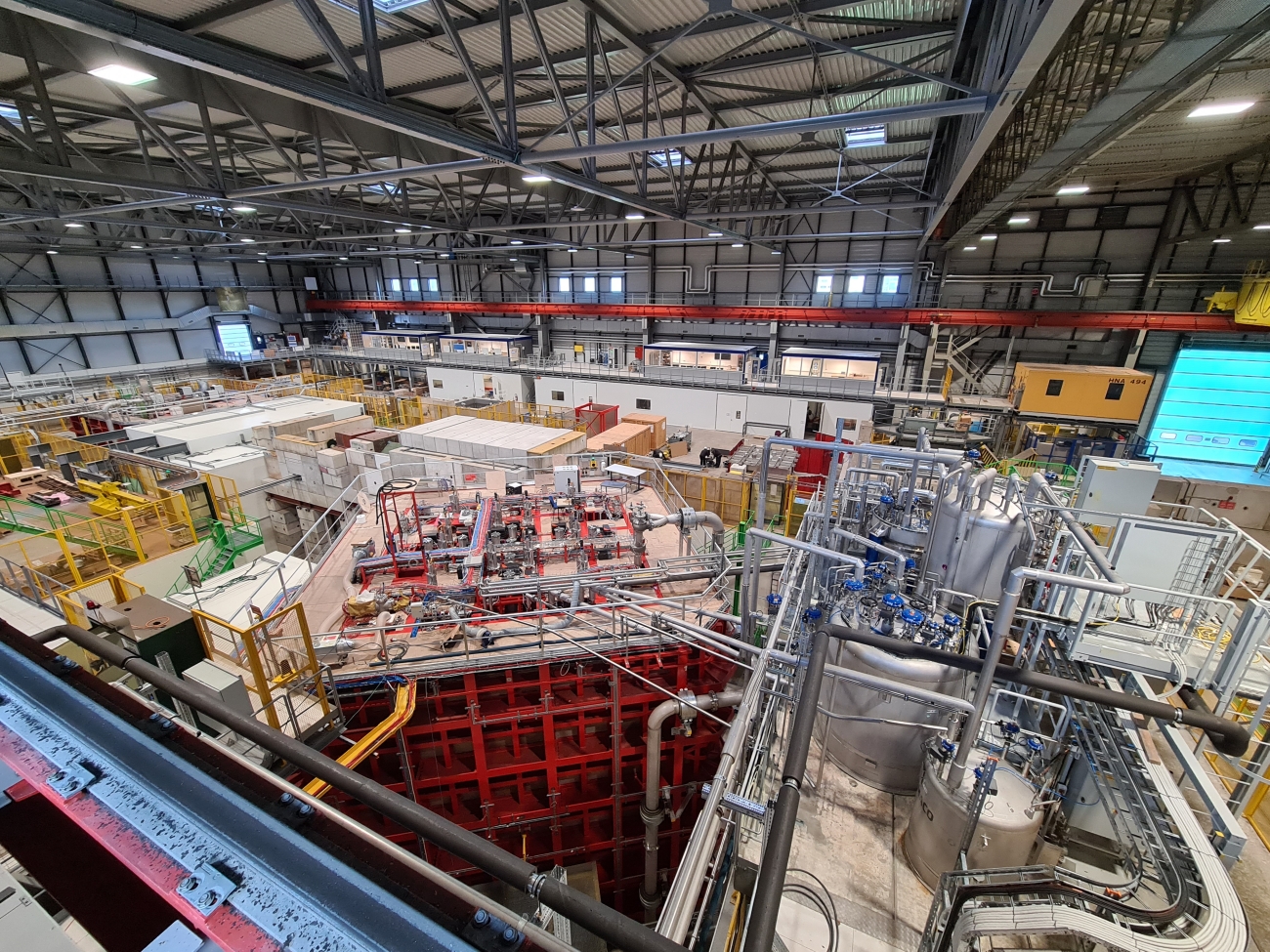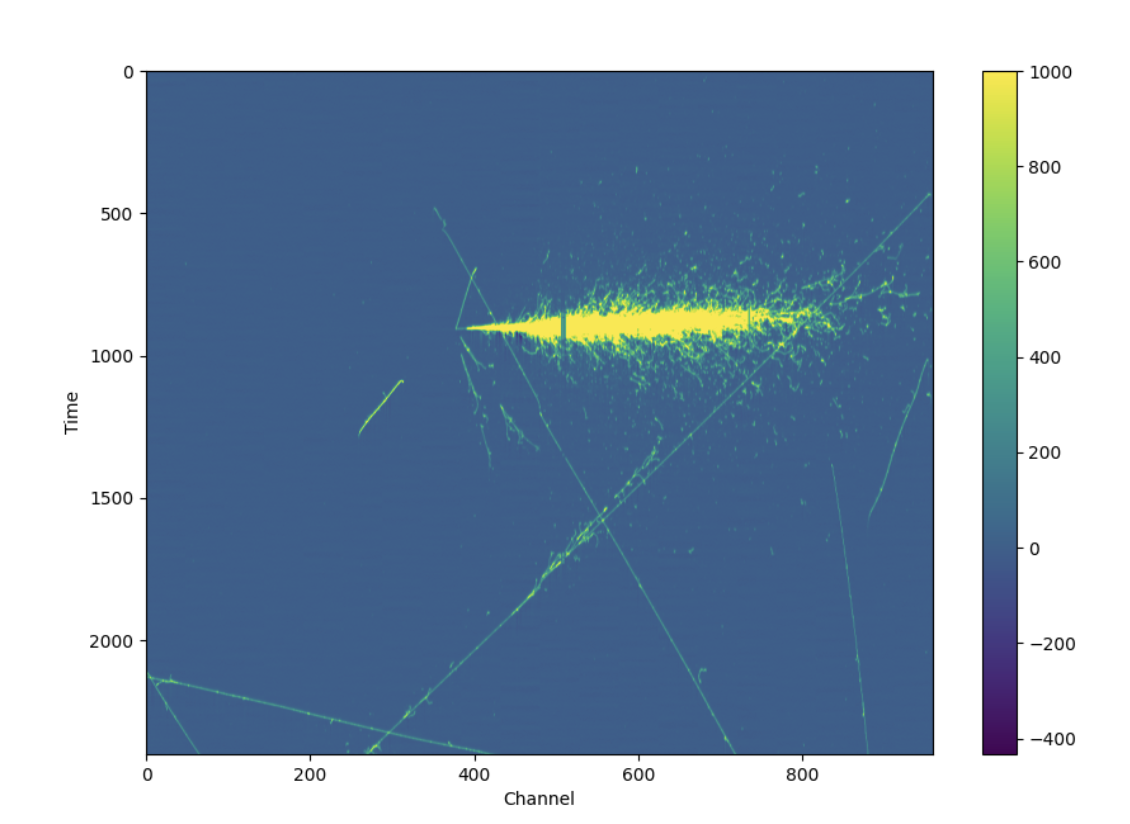Neutrinos Make Their Mark in the North Hall

One of the conclusions from the ESPPU 2013 process was that CERN should actively engage in the global accelerator-based neutrino program. As a result, CERN became involved in various initiatives, including the DUNE project, and took a leading role in constructing two large 750-ton Liquid Argon TPC prototypes for the DUNE far detector. These prototypes, known as ProtoDUNEs (PDs), began operating in 2018 with low-energy hadron and electron beams. Both detectors are located at the end of an extension of the North Hall, specifically in the EHN1 area at the Neutrino Platform.
Recently, it was pointed out [Ref 1] that these detectors are located in the shadow of the T2 target, which during North Hall operations gets impinged upon by 400 GeV SPS protons to create secondary particle beams. The T2 target can be seen as a mini beam-dump, where, in addition to the desired secondary particles, neutrinos from decaying mesons could be produced. It may also generate light, weakly interacting, Beyond Standard Model (BSM) particles such as heavy neutral leptons, axion-like particles, or low-mass dark matter particles. Such particles could be long-lived and potentially decay or scatter inside the ProtoDUNEs, which are located about 700 meters downstream from the target.
Simulation studies have indicated that there is sensitivity for detecting BSM particles in a region that has not yet been experimentally explored. A demonstration of the feasibility of such an idea can be made through the observation of the well-known weakly interacting particle: the neutrino!
Data collected parasitically at the end of the 2024 PD campaign, with a tailored trigger and offline software filter, led to the first ‘observation’ of accelerator-delivered neutrino events in the ProtoDUNEs. The figure shows two examples of neutrino candidate events, one with an outgoing muon (likely a muon-neutrino charged-current event) and one without a muon (likely a charged-current event for a different neutrino flavour or possibly a neutral current event).


Figure: Event displays from the ProtoDUNE detectors showing candidate neutrino interactions. Top: A charged-current muon-neutrino event with an outgoing muon track. Bottom: A neutrino interaction without an outgoing muon, possibly a neutral-current event or a charged-current interaction of a different neutrino flavour.
If the number of observed neutrino events agrees with the prediction from the simulation, it would validate that the PDs are ready to be used for searching for BSM signatures. These neutrino events can also be used to validate reconstruction software for DUNE and potentially for physics measurements.
It is important to note that this setup is quite similar to what is planned for the future SHiP experiment, where the latter will explore a larger phase space and achieve greater sensitivity. Fortunately, the PDs can start collecting data immediately. This capability could also showcase the effectiveness of electronic bubble-chamber-type detectors, such as Liquid Argon TPCs, to search for anomalous events in experiments like SHiP.
Further Reading
Ref [1]: P. Coloma, J. López-Pavón, L. Molina-Bueno, S. Urrea, JHEP 01 (2024), 134, doi:10.1007/JHEP01(2024)134
A. Chatterjee, L. Molina-Bueno and A. De Roeck on behalf of the study working group
